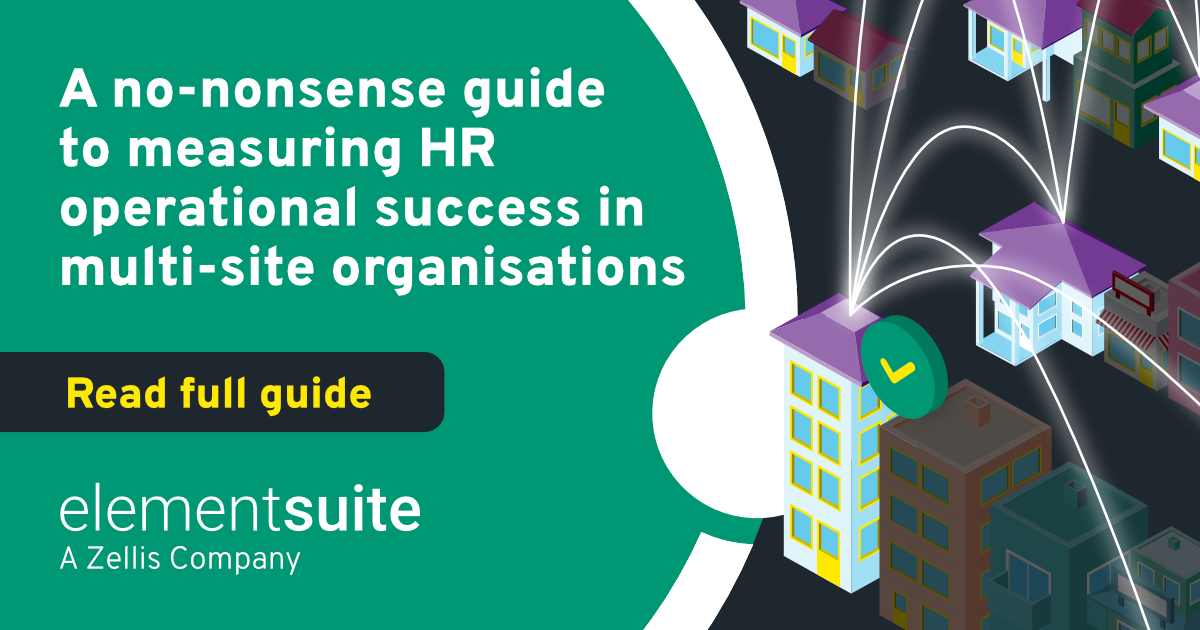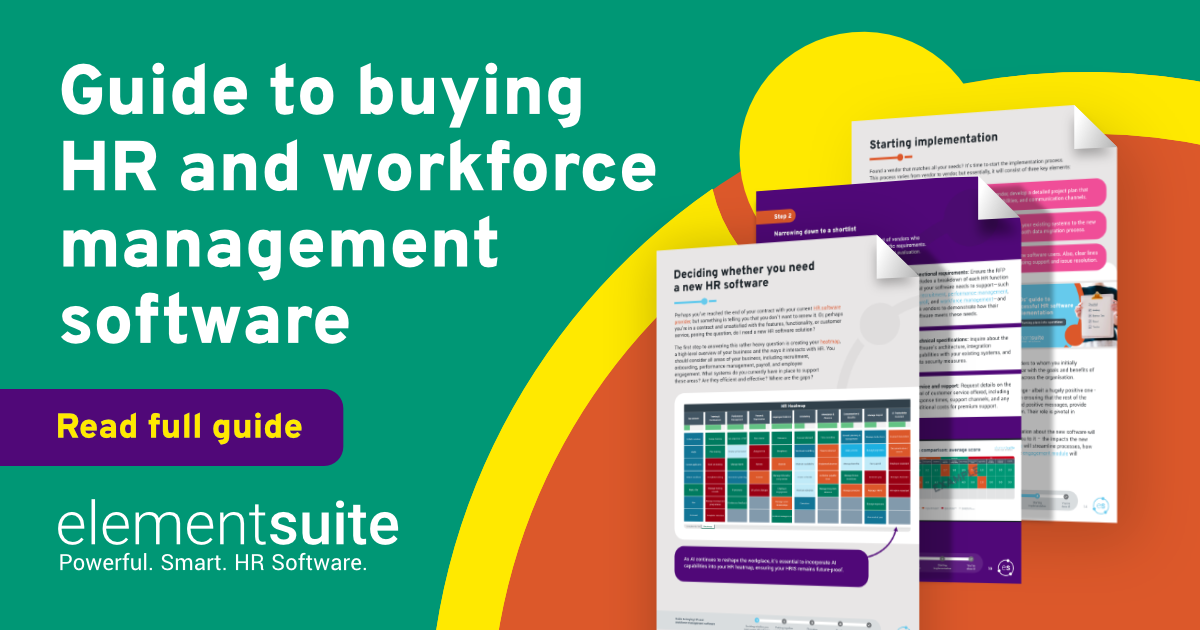As an HR leader, you know the immense business value of all your processes, systems, and people strategies. But when the time comes to gaining investment in new HR technology, getting leadership buy-in can be challenging.
Not because leadership doesn’t care. But because they need a clear business case. Especially in today’s climate, where we are navigating increased Employer National Insurance contributions, face global uncertainty driven by Trump’s ever changing economic policies, and a current 3.2% drop in UK business investment.
The reality is that senior leaders are tightening their pockets and every decision they make must relate to outcomes. ROI. Business goals. They’re asking, “What does this system do for us? How does it help the business grow, save, or succeed?”
The good news? That’s precisely what a well-built HRIS can deliver – when it’s framed the right way.
And that is what we will focus on today: building a business case for HR technology.
Start with outcomes that connect to the business strategy
Senior leaders don’t get excited about tools – they get excited about results. And when budgets are tight and every investment is under the microscope, they want to know: “What’s the return?”
And rightly so. Because while features like automated workflows or mobile check-ins are useful, they’re not compelling on their own. What makes them compelling is how they can help make the business more money.
That means leading with business outcomes (not features) because:
- Automated onboarding isn’t just about ticking boxes – it’s about reducing early attrition, getting new starters productive faster, and lifting the load on managers.
- Mobile access isn’t just convenient – it helps engage shift-based workers who aren’t sitting behind a desk all day, improving communication and cutting down absence rates.
This is the shift from seeing HR tech as a system upgrade to recognising it as a business improvement strategy.
And when that story is told in the language of outcomes – retention, productivity, agility – it lands much more powerfully with those holding the purse strings.
Show the numbers that support your case
Numbers. Research. Evidence. This is the part of your business case for HR technology that gives it weight and puts some real commercial muscle behind your recommendation.
You don’t need a perfect forecast or fancy analytics to make a strong case. But you do need to show that your proposal is grounded in the real world and not just theory. This is where credible external data meets your internal insights.
For example, if McKinsey says companies with modern people systems reduce turnover by 50%, and your internal data shows high turnover in frontline roles, that insight becomes your narrative.
Essentially, you want to tailor your business case with your own data: turnover trends, cost-per-hire, absence rates, or how many hours your HR team spends each month updating spreadsheets. When internal and external data align – and are backed by the functional advantages of a unified system – your case becomes hard to ignore.
Take, for example, Travelodge. By moving to an all-in-one HR platform, Travelodge was able to centralise data, streamline onboarding, and provide self-service access for employees across all sites.
The result? A 10% reduction in labour turnover – thanks to increased data visibility and a single source of truth that made life easier for both managers and employees.
Bring your case to life with storytelling
However, a strong business case doesn’t just show numbers; it shows the meaning behind HR tech investment.
A 10% drop in attrition is impressive, but explaining what that means for team stability, customer experience, line manager bandwidth, and, of course, the bottom line is what makes it resonate.
Effective storytelling frames the problem, presents the solution, and clearly spells out the benefit – not just for HR but for the business as a whole. It creates a narrative that decision-makers can see themselves in. It connects the dots between operational pain points and strategic goals.
And when done right, it does more than resonate – it creates buy-in. It gives decision-makers something they can visualise and relate to.
So, when presenting the data, think about how it looks and lands. Use clear visuals, simple graphs, before-and-after snapshots, and colour coding to highlight impact.
And make sure to tailor your presentation style to the audience. For instance, a CFO may want cost savings front and centre, whereas an Ops Director might care more about time, efficiency, and risk. Understand your audience and present from there.
Learn more about how you can use data storytelling for greater influence
Highlight the cost of doing nothing
If you really want to enhance your influence and get decision-makers to sit up and take notice, highlight what the business loses without it.
This is such an important point as there’s a natural tendency to play it safe and avoid spending when budgets are tight. But here’s the thing: sticking with the status quo isn’t safe. It is quite the opposite, actually.
If your current setup is:
- Producing payroll errors that dent trust and require hours to fix
- Slowing down onboarding and dragging out time-to-productivity
- Soaking up your managers’ time with clunky admin tasks
- Scattering key people data across disconnected systems
Then those aren’t just internal inefficiencies, they’re costing you real money, real time, and real opportunity.
The problem is that these losses don’t always show up on a balance sheet. They’re felt in burnout, missed insights, higher turnover, and the strain on teams constantly reacting instead of planning.
And those costs are tangible.
So, when you’re building your business case for HR tech investment, don’t just make the argument for the ROI of HR tech. Make the argument against the cost of inaction.
It may even be worth collaborating with finance more and gaining a financial narrative of all things HR.
Where strategy meets simplicity
Ultimately, building a business case for HR tech is about more than showing operational benefits; it’s about demonstrating strategic business value.
The organisations that succeed in getting buy-in? Those that speak the language of business, that lead with outcomes, bring credibility through data, and inspire action through stories that make change feel both tangible and necessary.
Ready to move the conversation forward and build a case that resonates with the C-suite?
Head to elementsuite’s HR Toolkit and try our FREE Business Case Calculator, a simple way to show how HR tech can deliver measurable value and turn influence into impact.




